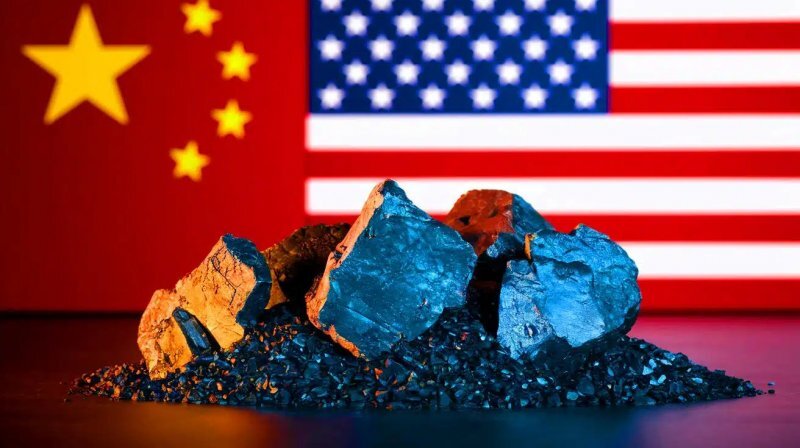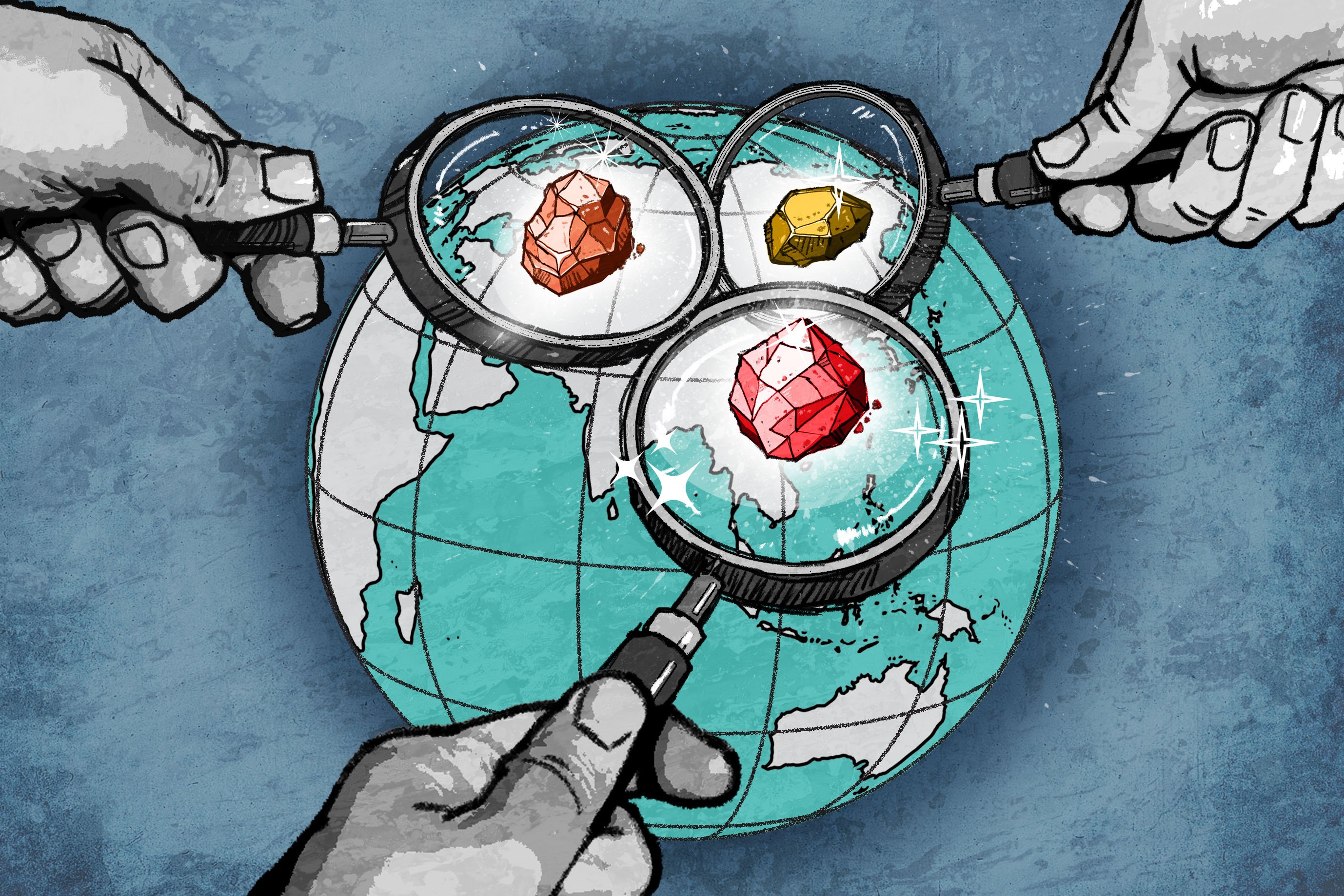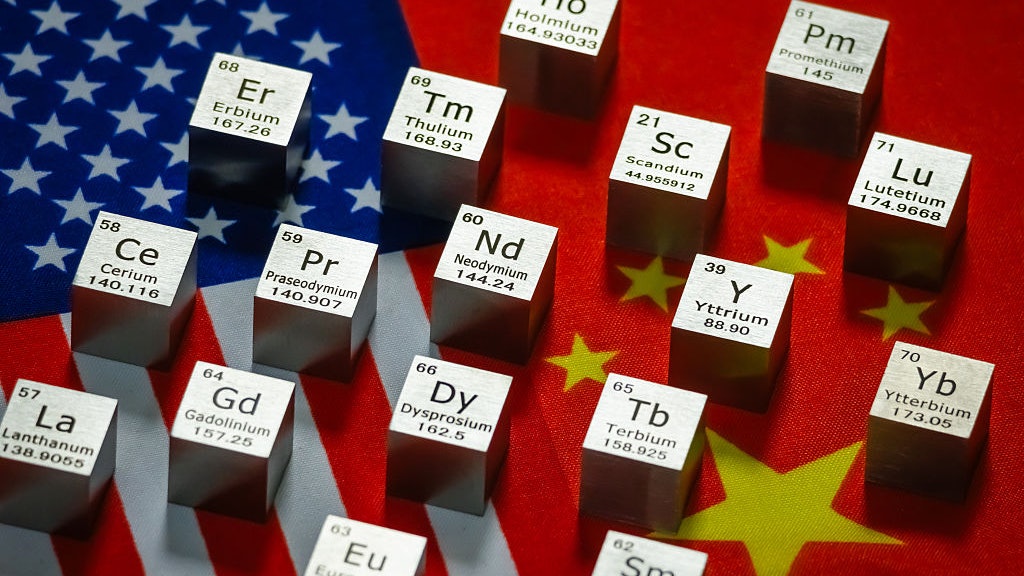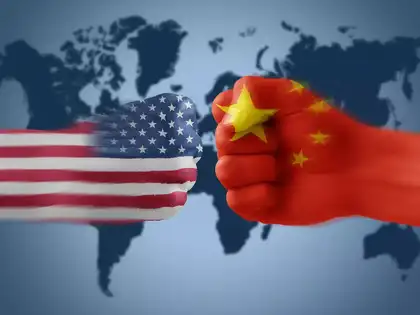.

.US reaches deal with China to speed up rare-earth shipments, White House says
China confirms details amid efforts to end trade war but reiterates it will continue to approve export permits .
.
China expands rare earths restrictions, targets defense and chips users.
.US-China Trade War: Are Rare Earths China’s “Ultimate Weapon”?- China curbs export of five new rare earth elements
- New rules come weeks ahead of Trump-Xi meeting
- Foreign producers who use Chinese tech, material required to comply
- Foreign semiconductor users will face more scrutiny.
- China dramatically expanded its rare earths export controls on Thursday, adding five new elements and extra scrutiny for semiconductor users as Beijing tightens control over the sector ahead of talks between Presidents Donald Trump and Xi Jinping.
The worlds largest rare earths producer also added dozens of pieces of refining technology to its control list and announced rules that will require compliance from foreign rare earth producers who use Chinese materials.

.中國強硬地打出了「稀土管制」這一反制重拳,就等於是向美國「攤牌」了。
不甘認慫的特朗普就想以加徵100%關稅相威脅的方式「掀桌子」。 如今又威脅加徵100%關稅,對中國的威脅力就更不值一提了。結果就是,中國非但不退,反而再一次強調「打奉陪到底談大門敞開」。
20251030中國與美國的導人在南韓APEC.年會,王見王,據了解會有精彩的對話,預期中國佔據上峰,不會讓步保護國家主權利益,.
.The US is squeezing high-end chip supplies while China restricts rare earth minerals.
.The trade dispute between the United States and China has resumed. US President Donald Trump lashed out over the weekend at Beijing’s planned tightening of restrictions over crucial rare-earth minerals.
In response, Trump has threatened 100% tariffs on Chinese imports. But with the higher tariff rate not due to start until November 1, and the Chinese controls on December 1, there is still time for negotiation.
 ..
..
China commands those markets, creating a closed-loop ecosystem that pulls in Australia’s materials and exports finished goods. Recreating that integrated system in five to ten years, after Beijing spent decades building it, is wishful thinking.
.
.
.The US plan is simple: control the key tools and software for making top-end semiconductor chips so China can’t move as fast on cutting-edge technology.
Under that pressure, China is filling the gaps. It’s far more self-sufficient in chips than ten years ago. It now makes more of its own tools and software, and produces “good-enough” chips for cars, factories and gadgets to withstand US sanctions.
Rare earths aren’t literally “rare”; their value lies in complex, costly and polluting separation and purification processes. China has cornered the industry, helped by industry policies and subsidies. China accounts for 60–70% of all mining and more than 90% of rare earths refining.
.
 .
.
這次「稀土管制」可謂是又准又狠。這次出台的管制措施,不單純是針對向美國出口,是意在阻止世界各國所有與中國稀土相關的產品或元件進入美國,這是要徹底卡住美國的經濟或製造業的命門。另外,美國一直企圖通過與其他國家的關稅談判施壓,對中國加徵所謂的「二次關稅」,中國此舉也是意在警告相關國家,以犧牲中國利益與美國談判,就一定會受到中美雙重的打擊,這是意在破特朗普的對華「關稅圍攻」之局。
.
US-China Trade Deal 2025 Explained: Impact on Exports, Imports & Tariffs
Discover the highlights of the US-China Trade Deal 2025, including changes in exports, imports, & tariffs. Explore how this deal reshapes global trade.
.
Highlights of the US-China Trade Agreement
-
A key component of the latest agreement is China’s commitment to provide rare earth minerals critical to major American industries, such as automotive, semiconductors, and smartphones.
-
President Trump mentioned that these resources would be delivered upfront, although the specifics of that provision remain unclear.
-
China dominates the global rare earth sector, producing approximately 60% of the world’s supply and processing nearly 90%. The United States has long regarded this dependency as a national security risk, a concern that persisted during President Joe Biden’s tenure.
-
In February 2024, then-Energy Secretary Jennifer Granholm expressed the U.S.’s unease with China’s control over strategic minerals.
-
These worries have intensified during Trump’s second term, especially following his implementation of sweeping tariffs, including a 145% levy on Chinese goods, and new export restrictions targeting China’s semiconductor industry.
-
In retaliation, China’s Ministry of Commerce introduced its curbs on rare earth exports in April.
-
As part of the new deal, the U.S. will reduce its tariffs on Chinese imports to a flat rate of 55%, down from 145%. In exchange, China will lower its tariffs on American goods to 10%, a steep cut from the previous 125%.
-
The revised U.S. tariff rate includes several components: a 10% base tariff, currently under legal challenge after being ruled unlawful by a trade court, though a higher court has paused the decision, a 25% tariff originating from Trump’s first term, and an additional 20% related to alleged fentanyl trafficking.
Background of the US-China Trade Relationship
Before delving into the specifics of the US-China Trade Deal 2025, it is important to understand the context of the trade relationship between these two economic giants. The US and China have long been major trading partners, with billions of dollars’ worth of goods and services flowing between the two countries each year. However, tensions began to rise in the early 2010s as the US accused China of unfair trade practices, including intellectual property theft and currency manipulation. This eventually led to the imposition of tariffs on billions of dollars’ worth of goods from both countries, creating a trade war that had far-reaching consequences.
.
..

下一則: 蒙古西征迦勒迦河之戰.Battle of the Kalka River
限會員,要發表迴響,請先登入












